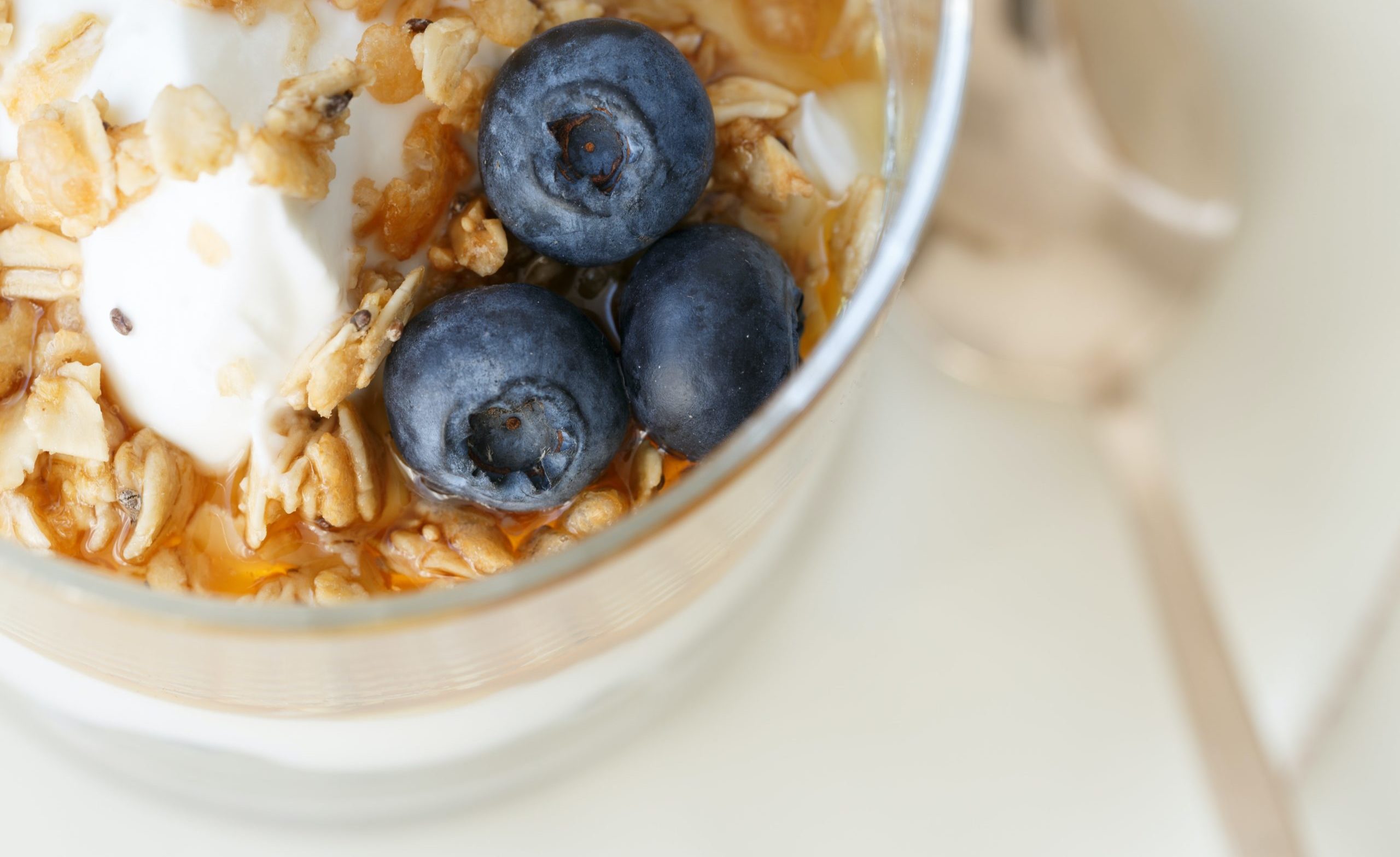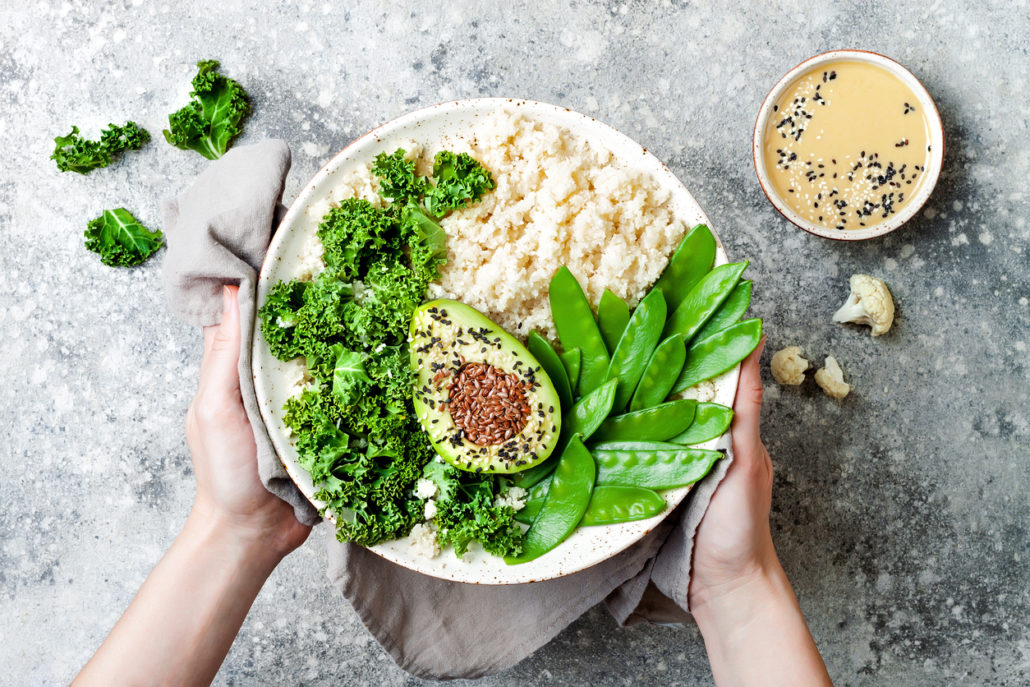
NEW YEAR RESOLUTION CHECK IN!
So it’s 5 months into 2019! How is everyone’s New Years Resolutions holding up? Some of us give up after a few weeks and hopefully most of us have made some forever changes. On NYE I promised myself that 2019 would be the year I would try to kick my sugar and wheat habit. I LOVE bread but it makes my body inflamed. So for me, I started the KETO diet with Intermittent Fasting and it’s been amazing. I’ve experienced more energy, I can focus better and my sleep has improved. Of course, a few pounds off has been my motivation to keep it up! BUT, before I did, I asked a good friend, fellow coworker at ICEBOX and most importantly a certified health coach, Allison McWilliams to help me learn more about my options. Below she breaks down the most popular options that are out there that people have the most questions about.
Paleo, Keto or Intermittent Fasting? What’s best for you!

Maybe you’ve heard of these plans, maybe you’ve tried them all, or maybe your head spins every time you hear of them!
What does it all mean, and which one is right for you?
Let’s look at some of the more popular plans in hopes of getting you to eat more mindfully and doing what it right for YOUR body.
PALEO DIET
Paleo is based on eating lean meat, fish, fruit, vegetables, starchy root vegetables, eggs, and nuts.
The premise of this diet is that we should eat in a primal way, like our ancestors did in the paleolithic period. The reasoning is that the shift from eating like hunter-gatherers (meat, vegetables, fruit, seeds nuts) to a more agriculturally processed diet has led to more inflammation, and contributed to issues with diseases, weight gain, etc.
The Paleo Diet emphasizes eating real, whole foods, and less of the processed junk that is more readily available. Research has shown that the Paleo Diet can reduce chronic disease and inflammation in the body.
KETOGENIC DIET
A low carb, high fat diet where your daily caloric intake should consist of about 75% fat, 20% protein and 5% carbohydrates.
The basis of the Keto Diet is to get the body into a state of ketosis, which happens when there are higher than normal levels of ketones in the bloodstream. This leads to very low levels of blood glucose, which causes the stored energy to act as fuel to burn body fat.
Many people experience some initial weight loss, but there are no studies that show it supports fat loss for the long term. If you’re an athlete, there have been some studies that show increased performance, but a Ketogenic Diet will most likely not help you gain lean mass.
INTERMITTENT FASTING
Intermittent Fasting means fasting for the majority of the day and only eating during a short window.
The most standard version is 16/8, which is fasting for 16 hours a day and eating during an 8-hour window. People also do 18/6, 20/4, or even 22/2. Research has shown that Intermittent Fasting can lead to fat loss and improve several aspects of your health.
Fasting is great for the body for several reasons…
When you follow Intermittent Fasting, you increase your metabolic rate, meaning you burn more calories throughout the day. Studies show it increases immune function, which can promote normal insulin sensitivity.
For some, not having to worry about planning 3 meals a day is also a convenient advantage! Additionally, eating within a shorter window can lead to consuming less calories. Eating 2 big meals in an eight-hour period instead of six small meals over a 12-hour period can leave you feeling more satisfied and not deprived.
So, which is the best plan?
The best plan is the one that works for you! What these plans have in common is that they make you more aware of what you are eating, and when you are more mindful about your eating habits, you are more likely to succeed!
For more information on these or any other dietary theories, please contact me at:
Instagram @allhealthylike or
allhealthylike@gmail.com